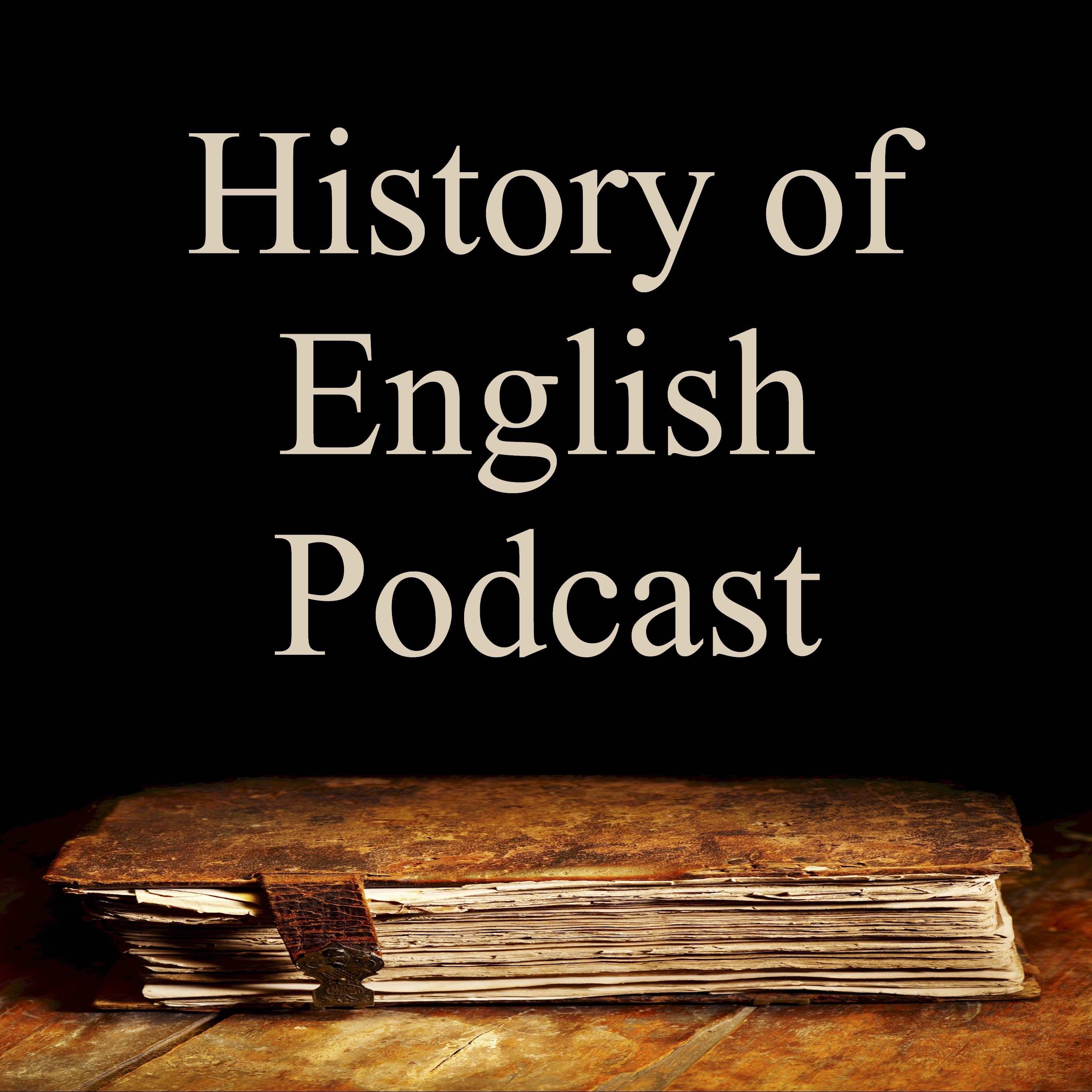Episode 170: Printers, Plague and Poets
In this episode, we examine the connection between poetry and plague in the early 1590s. An outbreak of the recurring sickness contributed to Shakespeare’s early career as a poet, and that poetry likely included his many sonnets. We also examine how an old acquaintance from Shakespeare’s hometown emerged as one of the leading printers in London and how his print shop influenced the development of English during the Elizabethan period. Works discussed in this episode include:Defensative Against PlagueVenus and Adonis - William ShakespeareRape of Lucrece - William ShakespeareOrlando FuriosoThe Art of English Poesy - George PuttenhamWilliam Shakespeare's Sonnets
TRANSCRIPT: EPISODE 170
TRANSCRIPT: EPISODE 170
Press play and read along
Transcript
Transcript is processing—check back soon.
The History of English Podcast — Episode 170: Printers, Plague and Poets
